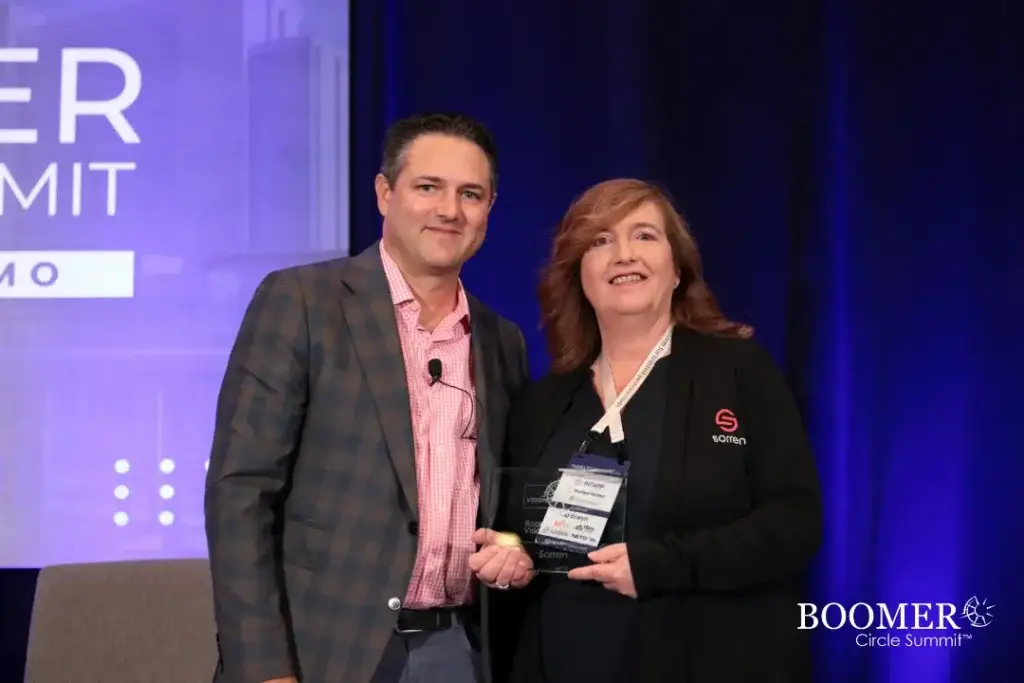
When it comes to managing your business finances and filing your taxes, choosing the right accounting method isn’t just a bookkeeping decision—it can have significant implications for your tax liabilities, cash flow, and overall financial strategy.
Businesses generally have two primary accounting methods to choose from: cash basis and accrual basis. Each comes with its own advantages, limitations, and eligibility rules. While the cash method often appeals to small business owners due to its simplicity and tax timing flexibility, the accrual method may offer a more accurate financial picture and align better with Generally Accepted Accounting Principles (GAAP) and other regulatory requirements.
In this guide, we’ll break down the differences, explain the IRS rules (including updates from IRS Publication 538), and help you evaluate which method is best for your business’s size, structure, and strategic goals.
Understanding the Two Methods
Cash Basis Accounting
The cash method is straightforward: you record income when it’s actually received and expenses when they’re paid. This approach closely mirrors how most individuals manage personal finances and is easy to maintain.
Key Features:
- Income is reported when cash is received.
- Expenses are deducted when they’re paid.
- Typically results in lower taxable income if receivables and payables are deferred to the following year.
Accrual Basis Accounting
The accrual method provides a more accurate representation of a company’s financial position, especially for businesses with accounts receivable or payable. Income is recognized when it is earned, and expenses are recorded when they are incurred—regardless of when cash is exchanged.
Key Features:
– Income is reported when earned (not necessarily received).
– Expenses are matched to revenue and recorded when incurred.
– Complies with Generally Accepted Accounting Principles (GAAP).
Why It Matters:
The IRS mandates specific rules for which businesses can or must use each method. The decision isn’t just about preference—it’s about eligibility, reporting accuracy, and potential tax outcomes.
The Tax Cuts and Jobs Act: A Turning Point for Small Businesses
The 2017 Tax Cuts and Jobs Act (TCJA) brought a significant shift to accounting method eligibility. Before the TCJA, different gross receipt thresholds applied depending on industry and business structure. However, since the act’s passage, a unified threshold has allowed more businesses to qualify as “small businesses” under the IRS code.
Gross Receipts Test:
As of 2024, a business is generally considered a small business if its average annual gross receipts for the previous three years do not exceed $30 million (adjusted from $29 million in 2023). Businesses with annual gross receipts under this threshold can typically elect to use the cash method for tax purposes.
Key Benefits for Small Businesses:
- Use of the cash method regardless of inventory involvement.
- Exemption from the uniform capitalization (UNICAP) rules.
- Relief from the business interest expense limitation under Section 163(j).
This expansion has opened the door for more companies to simplify tax compliance and improve cash management using the cash method.
What IRS Publication 538 Says About Accounting Methods
IRS Publication 538 outlines accounting periods and methods, offering guidance on who can use which method and how to switch between them.
Key Takeaways:
- You must use the same method to calculate your taxable income and maintain your records.
- If your financial statements are prepared under GAAP, you generally must use the accrual method for those statements—but you can still use cash for tax purposes, if eligible.
- A change in accounting method requires IRS approval and is reported using Form 3115.
Per the IRS, your accounting method must “clearly reflect income.” That means it must be applied consistently and accurately reflect business activity. Hybrid methods (using cash for some items and accrual for others) may be used in certain circumstances, but must also meet this standard.
What About Hybrid Methods?
While the IRS recognizes cash and accrual as the two primary accounting methods, a hybrid approach is sometimes appropriate. Hybrid accounting combines elements of both methods—typically using accrual for inventory and the cost of goods sold (COGS), while applying cash basis for other income and expenses.
When it’s used:
- Businesses that keep inventory but prefer cash-basis simplicity for other transactions.
- Companies transitioning from one method to another.
- Situations where one method better reflects specific aspects of the business.
IRS Stance:
Hybrid methods are allowed as long as they “clearly reflect income” and are consistently applied. However, using a hybrid method may still require approval from the IRS and documentation. It can also add complexity to financial systems, which is why it’s typically recommended for businesses working with an experienced tax advisor.
Pros and Cons of Each Method
| Feature | Cash Basis Accounting | Accrual Basis Accounting |
| Simplicity | Easy to implement and maintain | More complex, may require accounting expertise |
| Tax Planning Flexibility | Easy to implement and maintain | Limited flexibility; income/expenses recognized when incurred |
| Cash Flow Management | Better for tracking actual cash on hand | May show profits even when cash is low |
| Financial Accuracy | Less accurate over long periods | Provides a clearer picture of financial health |
| GAAP Compliance | Not compliant | Required for audited financial statements |
| IRS Eligibility | Generally limited to businesses with <$30 million gross receipts | Required for large businesses and some entity types |
| Investor/lender Preference | Less preferred | Preferred for financial transparency |
Choosing the right method isn’t about which column has more pros—it’s about which aligns with your business operations, reporting needs, and tax strategy.
Case Study: Cash to Accrual Transition in a Growing Business
Background:
Lexi owns a small wholesale bakery that started in her home kitchen. For the first few years, she used the cash method. It worked well—her income was under $1 million, and managing taxes was straightforward.
The Shift:
As her business grew to multiple locations and she signed contracts with distributors, her revenue spiked. Within three years, her average gross receipts crossed $32 million. Her CPA flagged this change and recommended switching to the accrual method to remain compliant with IRS rules.
Outcome:
The transition allowed Lexi to better match her revenue from wholesale contracts with ingredient and labor costs. Though the shift required filing Form 3115 and hiring a bookkeeper familiar with GAAP, it also improved her loan application success rate. Banks appreciated her cleaner, accrual-based financials.
Lesson:
Early success can lead to new requirements. Planning for a potential method change helps smooth the transition and positions your business for growth.
Summary: Key Takeaways
- The accounting method you choose affects more than just bookkeeping—it influences tax timing, cash flow, compliance, and financial reporting.
- Cash basis works best for small businesses with under $30 million in gross receipts, offering flexibility and simplicity.
- Accrual basis is often required for larger firms and offers a more accurate financial picture.
- Switching methods requires IRS approval and careful consideration of financial impacts.
- Consult a tax professional before making a change or choosing a method—especially if you’re growing or working in a regulated industry.
Your accounting method is more than a technicality. It’s a financial strategy.
Have questions? Sorren’s tax professionals are ready to help you evaluate your options and select the best path forward for your business.
Frequently Asked Questions
Q: Can I switch between methods each year?
A: No. The IRS requires consistency. If you want to change your method, you must file Form 3115 and receive approval for the change.
Q: Is cash basis better for cash flow?
A: Often, yes. Because you only pay tax on income you’ve received, you avoid paying tax on receivables. This can help with liquidity.
Q: What if my business is growing and might soon pass the $30 million threshold?
A: You’ll need to monitor your average gross receipts over three years. Once you exceed the limit, the IRS may require you to switch to accrual. Planning ahead for this transition is crucial.
Q: Do investors or lenders care which method I use?
A: Yes. Most lenders and investors prefer accrual basis reporting because it provides a more accurate view of revenue and expenses. If you use cash basis for tax purposes, you may still need to convert to accrual for financial presentations.
Q: Are there state-specific rules for accounting methods?
A: Possibly. Some states have their own guidelines or thresholds for method eligibility. Consult with your CPA to ensure compliance on both federal and state levels.
© 2025





